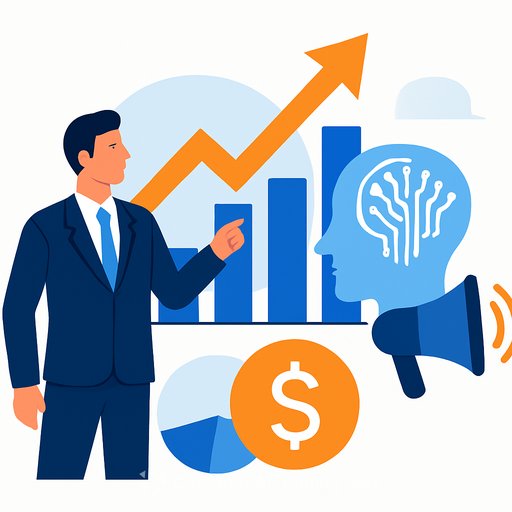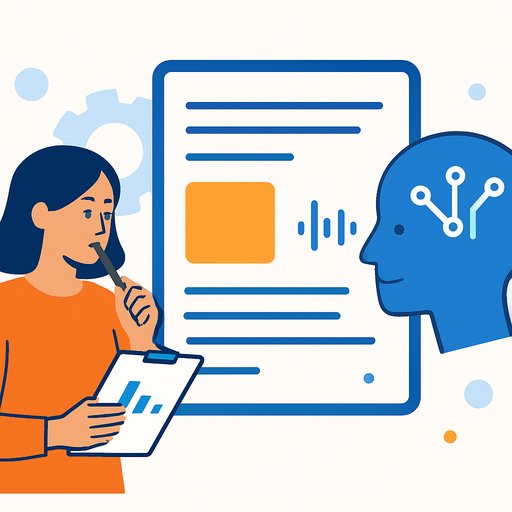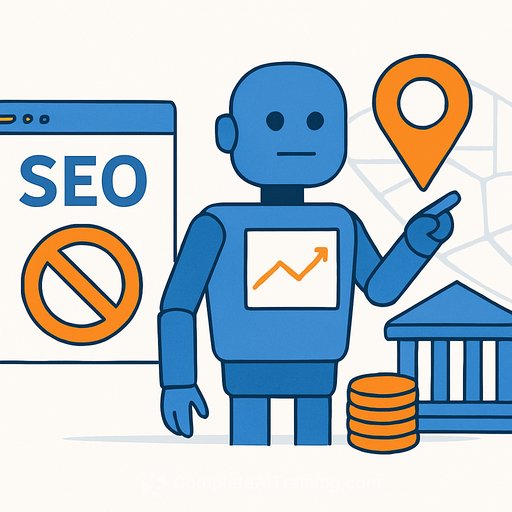AI-Generated Ads Are Here. What Smart Marketers Do Next
Generative video has crossed the line from novelty to production tool. As of October 2024, brands are shipping complete ads without shoots or actors-and they don't look cheap or gimmicky.
Case in point: in June 2024, Toys R Us released an AI-generated spot built with OpenAI's Sora, weaving its founder Charles Lazarus into a heartfelt narrative using archival footage plus AI scenes. It follows Sora's February 15, 2024 announcement, which brought minute-long, coherent clips with convincing physics into the mainstream.
Why this matters for your plan and budget
The economics are hard to ignore. McKinsey estimates AI in marketing could generate $2.6T in value by 2030. PwC projects AI could add $15.7T to the global economy by the same year, with marketing and sales among the winners.
On the ground, content that took weeks now ships in hours. Six-figure production costs are shrinking. In 2023, digital ad spend hit $522B (Statista), and the portion powered by AI is set to surge-from $4.5B in 2023 to $100B+ by 2032 (MarketsandMarkets).
The tool stack is maturing fast
Runway's Gen-3 Alpha (June 2024) turns prompts into hyper-real video, cutting the need for sets, complex lighting, and heavy post. Google introduced Veo at I/O in May 2024, bringing AI video into YouTube workflows. Meta updated its AI video tools in July 2024 for real-time social ad generation.
Platforms like Synthesia (funded $90M in June 2023) make avatar-based production accessible to small teams. Monetization is shifting to subscriptions and add-ons-see Midjourney's expanded video features in late 2024.
What changes in your workflow
- Creative discovery: Replace lengthy pre-pro with rapid promptboards and style guides grounded in brand voice.
- Production: Generate scenes, then refine with light VFX, color, and sound. Keep a human director for narrative and pacing.
- Versioning at scale: Produce dozens of cuts for segments, geos, and offers. Automate swap-ins for CTAs, VO, and price points.
- Personalization: Use audience data to adapt visuals and messaging without reshoots.
- Quality gate: Add a "brand and realism" pass to avoid uncanny visuals and off-brand moments.
- Hybrid model: AI for speed and breadth, humans for story, ethics, and taste.
Speed and cost: the practical upside
Expect cycle times to compress from 2-4 weeks to 24-72 hours for many ads. Budgets that once required full crews can be reallocated to testing, media, and higher-performing creative.
This levels the field for smaller teams. You can ship more concepts, test faster, and kill weak ideas sooner-without burning spend on logistics.
Risks you can't ignore (and how to handle them)
Deepfakes and misinformation threaten trust. The EU AI Act (2024 update) calls for clear transparency labels, and in March 2024 the U.S. FTC pushed guidance to disclose AI-generated content to prevent misleading ads.
- Disclose AI use where consumers could be misled. Consider on-screen labels.
- Watermark assets and keep provenance records (who made what, with which models).
- Get rights in order: likeness, voice, music, archival footage, datasets.
- Run bias and safety checks on scripts and visuals; document reviews.
- Use a preflight checklist for brand compliance, claims, and realism (faces, hands, physics).
EU AI Act overview * FTC business guidance on AI disclosures
Tech snapshot (non-technical)
Modern video models blend diffusion and transformer architectures. Sora stands out for simulating physics and maintaining scene coherence over a full minute, trained on large sets of licensed video.
Integration typically runs through APIs and cloud render pipelines. Compute is the constraint-but providers are scaling. AWS reported a 17% revenue increase in AI infrastructure in Q2 2024, a signal that capacity is catching up.
30-60-90 day playbook
- Days 0-30: Pick two high-impact use cases (e.g., product launch, retargeting). Choose tools (Sora/Runway/Synthesia). Build a brand prompt library. Define disclosure and watermark policy.
- Days 31-60: Produce two pilot ads. Ship 10-20 variants by segment. A/B on CTR and CPA. Add a "human realism" gate before media.
- Days 61-90: Connect CRM segments to creative variants. Codify approvals. Negotiate model and render costs. Expand to UGC-style and vertical formats.
KPIs that actually move revenue
- Production: cycle time per ad, cost per rendered minute, versions per concept.
- Media: CTR, CVR, CPA/ROAS uplift per variant.
- Quality: brand compliance score, uncanny-issue rate, legal/claims pass rate.
- Risk: disclosure coverage, watermark adoption, audit completion.
Competitive context to watch
Runway Gen-3 Alpha and OpenAI's Sora lead on text-to-video realism. Google's Veo ties directly into YouTube creator workflows, which matters for short-form and creator-ad hybrids. Meta's July 2024 updates aim at real-time social ad generation.
E-commerce players like Amazon are pushing hard on dynamic personalization. Asia-Pacific ad spend grew 15% YoY in 2023 (eMarketer), opening fresh testing grounds for AI-first creative.
What's next
Multimodal ads that combine text, image, video, and audio will enable interactive formats-think virtual test drives in automotive by 2026. Gartner projects that by 2027, 90% of digital content will be AI-assisted, shifting creative roles while increasing demand for prompt engineers and AI ethicists.
Helpful resources
- Certification for Marketing Specialists to train your team on practical AI workflows.
- Top AI tools for generative video to build your stack.
FAQ
What are the primary benefits of utilizing AI for advertisement creation?
Lower costs, faster production, and large-scale personalization. You can produce more variants, test more ideas, and serve precise creative to each audience without reshoots.
How can businesses guarantee ethical practices in AI-generated advertisements?
Use clear disclosures, watermark outputs, audit for bias, and document approvals. Align with regulations like the EU AI Act and follow FTC guidance on avoiding misleading content.
Your membership also unlocks:






